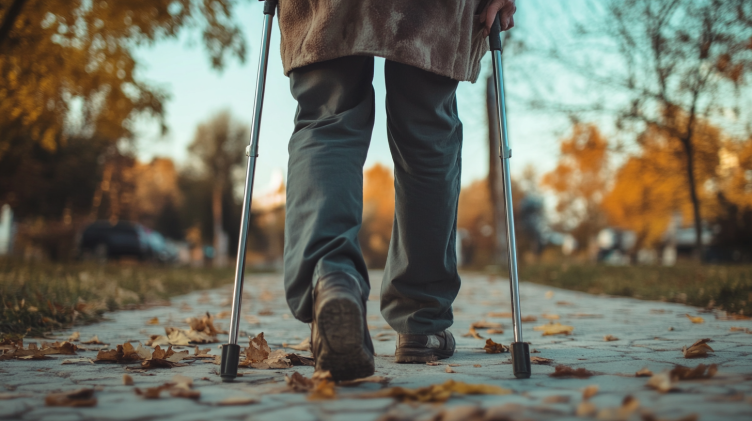In the hustle and bustle of daily life, have you ever found yourself feeling drained or unable to summon enough energy to get through the day? When specific areas of your body feel particularly weak, it might be more than just fatigue — it could be a serious warning sign from your health. Your legs and arms, the primary tools for your daily activities, play a huge role in reflecting your overall health. When they feel weak, it’s a signal that should not be ignored.
Weak Legs: Could It Be a Sign of These Health Issues?
- Parkinson’s Disease
A common reason for weakness in the legs is Parkinson’s disease. Some patients initially visit the doctor complaining of weak legs, only to be diagnosed with Parkinson’s. Fatigue, a constant feeling of exhaustion that doesn’t improve with rest, is reported in up to 58% of Parkinson’s patients. Unlike ordinary tiredness, this fatigue persists even when you’re at rest and can occur before any motor symptoms of Parkinson’s appear. It significantly impacts quality of life and is considered one of the most disabling non-motor symptoms of the disease.

- Vascular Hardening (Atherosclerosis)
If your legs often feel numb, weak, or painful after walking for a while, and you find that stopping and resting improves the symptoms, you might be experiencing intermittent claudication — a sign of arterial blockages or hypertension-induced arterial sclerosis. This condition causes pain and weakness due to poor circulation, particularly after physical exertion.
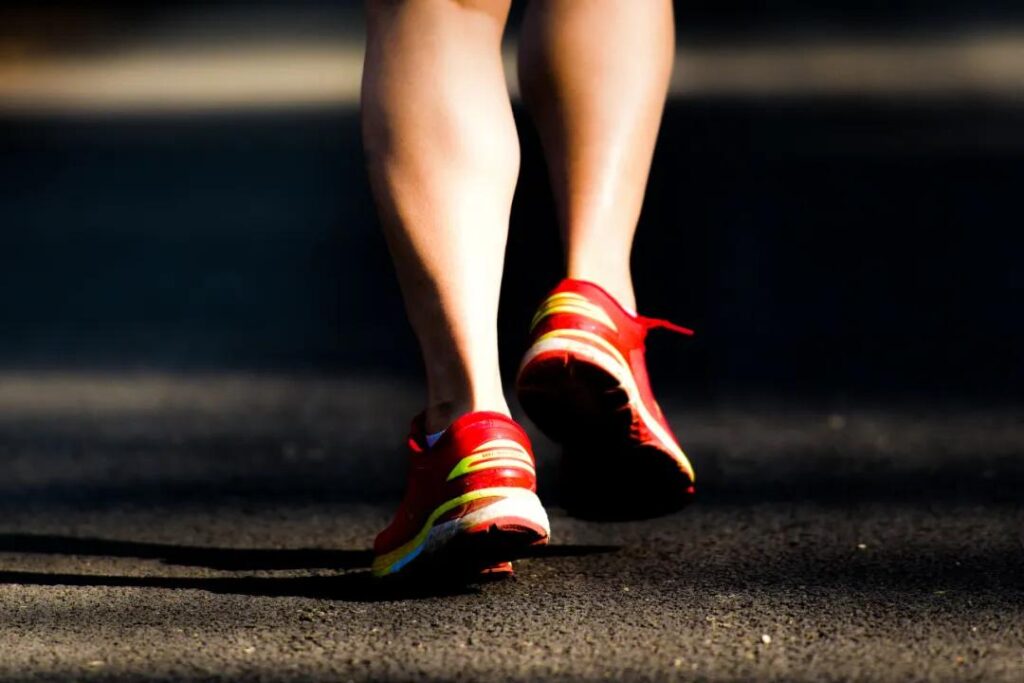
- Stroke
Sudden leg weakness in older adults could signal an underlying vascular problem, such as a stroke. If one leg becomes weak abruptly without pain, consider whether you have a history of cardiovascular disease. Blood clots, cerebral hemorrhages, or strokes can present as weakness in one leg, often without any pain. Elderly individuals should pay extra attention to this symptom as it could be an early warning sign. - Cervical Spondylotic Myelopathy
Cervical spondylosis, especially the myelopathic type, can cause weakness in the legs, even without obvious neck pain or stiffness. Patients might not experience numbness in their arms or upper body but may notice unsteady walking, leg weakness, or even unexplained falls. This condition requires prompt attention, as surgery can provide significant relief, especially when addressed early.
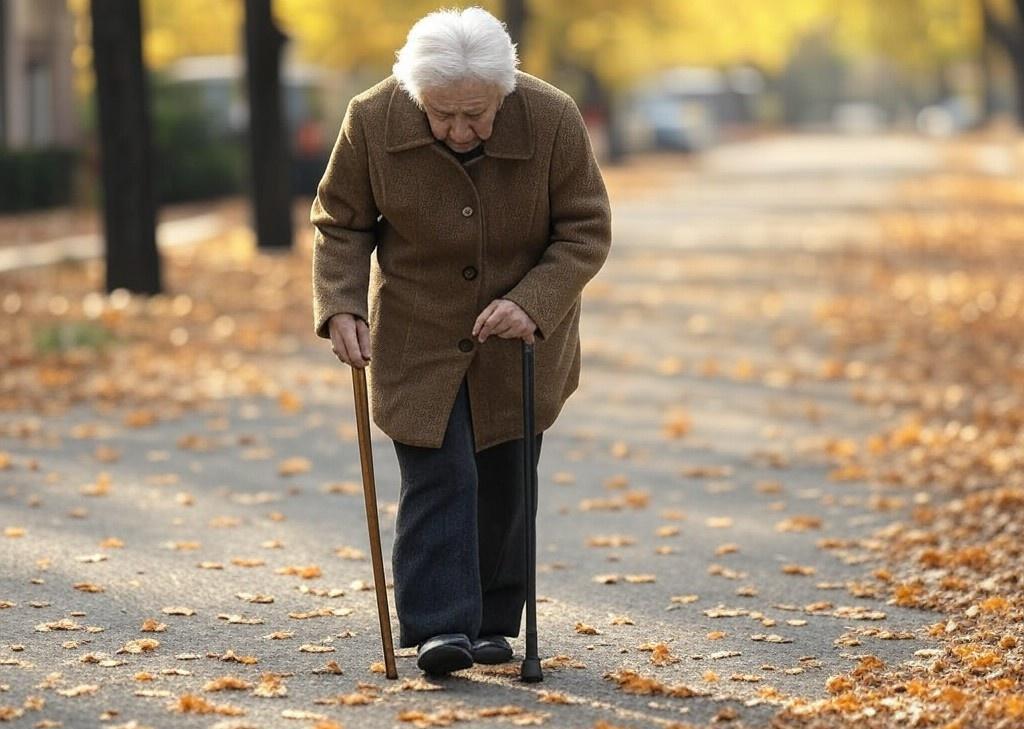
- Osteoarthritis
When the cartilage in the knee joint wears down, the bones rub together, leading to pain, particularly when bending or stretching the knee. This is a common degenerative joint disease in the elderly. Symptoms include sudden sharp pain while walking, instability in the knee, and difficulty in activities like squatting, running, or climbing stairs.
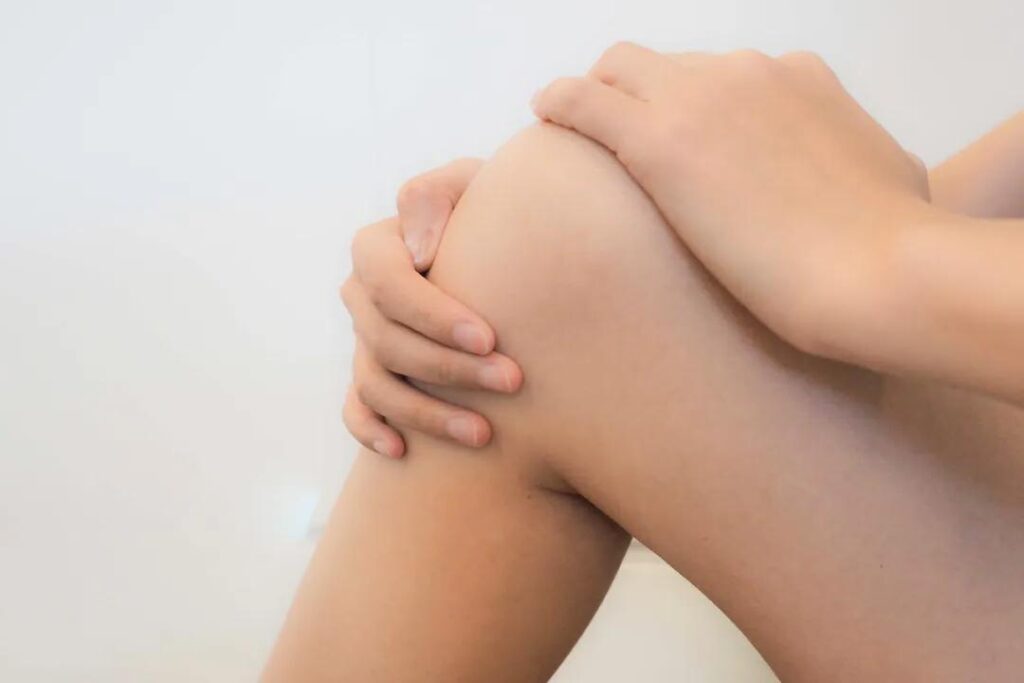
Weak Hands: These Health Risks Could Be Behind the Weakness
- Cardiovascular Disease
Studies have shown that weaker hand grip strength is associated with an increased risk of cardiovascular diseases, regardless of whether someone has high blood pressure. A weaker grip correlates with a higher risk of heart disease, stroke, and even all-cause mortality. The risk intensifies if a person with weak grip strength also suffers from hypertension.

- Respiratory Disorders
A study published in November 2024 found that individuals with lower grip strength and less muscle mass in their arms are at higher risk of developing respiratory diseases. For every standard deviation decrease in grip strength, the likelihood of respiratory issues increases by 22%, and for every standard deviation decrease in arm muscle mass, it rises by 14%.

Research screenshots
- Diabetes Risk
Studies indicate that stronger grip strength is linked to a lower risk of developing Type 2 diabetes. Simple tests like measuring hand strength can act as quick and cost-effective screening tools for early detection of individuals at risk of diabetes. - Chronic Kidney Disease (CKD)
There is a proven link between stronger grip strength and a reduced risk of developing chronic kidney disease. Men with a grip strength over 27 kg and women over 16 kg have a significantly lower risk of CKD — by as much as 25% for men and 28% for women.
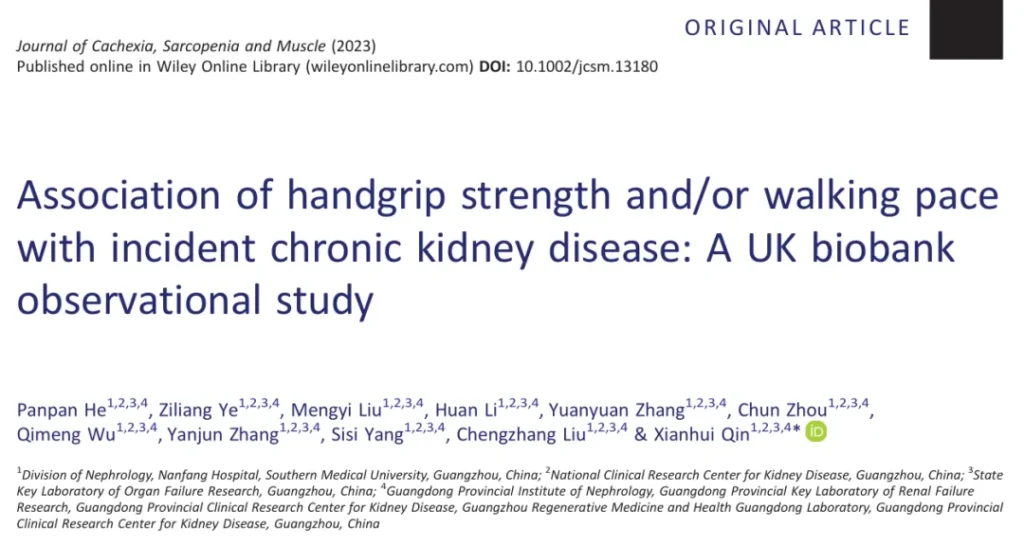
Research screenshots
- Hypokalemia (Low Potassium Levels)
Potassium is an essential mineral that plays a critical role in muscle function. If you’re deficient, your muscles may not perform properly, leading to weakness. Low potassium can also affect heart function, leading to arrhythmias or even fatal conditions like cardiac arrest.
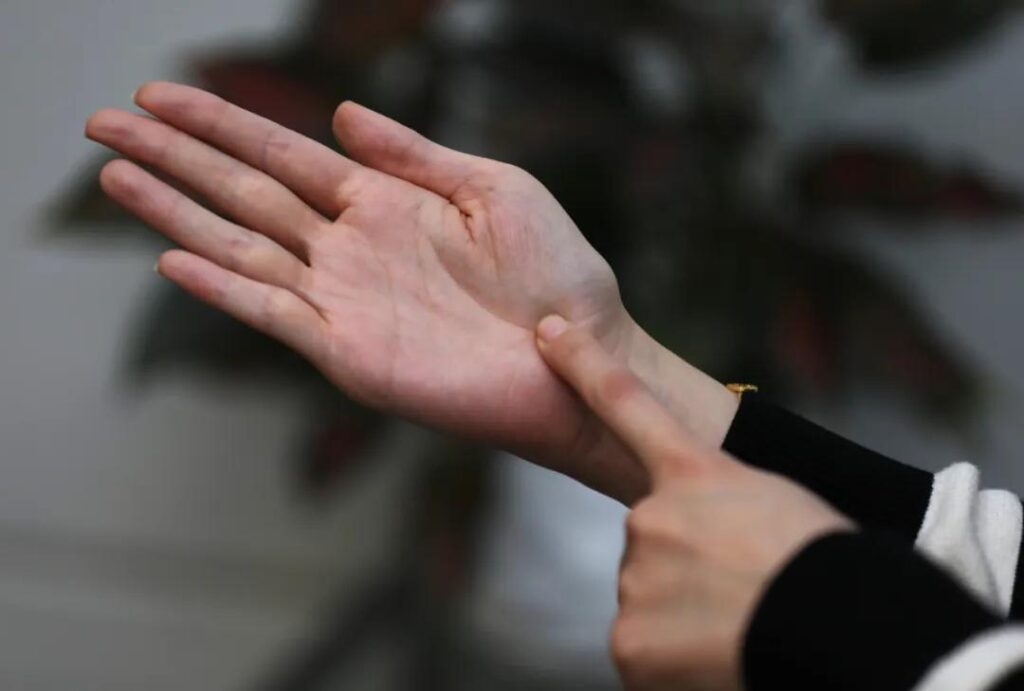
Boost Your Hand and Leg Strength with These 5 Simple Tips!
Experts recommend that starting a moderate exercise routine early on can help maintain muscle and joint function. Here are five simple exercises you can do:
- Swing Your Arms and Walk Fast
Aerobic exercises like square dancing, brisk walking, or Tai Chi can improve your health. Aim for 120-150 minutes per week. When walking, swing your arms and take larger steps to enhance your metabolism. Walking at 120 steps per minute is considered brisk walking.
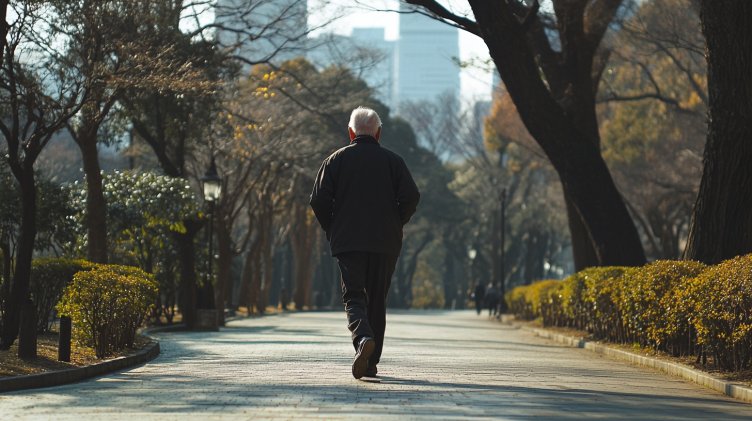
- Practice Towel Twisting
Simple exercises like twisting a towel can help strengthen your grip. Hold the towel’s ends with both hands and twist repeatedly for 20-30 minutes daily. You can also use a handgrip strengthener or dumbbells for further strengthening.

- Do Household Chores
Everyday tasks such as lifting heavy objects, climbing stairs, or even sweeping and mopping the floor can keep your muscles active. These activities are especially beneficial for the upper body and waist. Seniors should adjust based on their joint health.

- Balance Training
As we age, balance tends to decline. Simple activities like walking on tiptoe, standing on one leg, or practicing Tai Chi can help improve balance and reduce the risk of falls and fractures.

- Get Enough Calcium
Calcium not only helps slow bone loss but is also essential for muscle contraction and preventing muscle atrophy. The Chinese Dietary Guidelines recommend consuming 300-500 grams of dairy products daily to maintain bone and muscle health.








